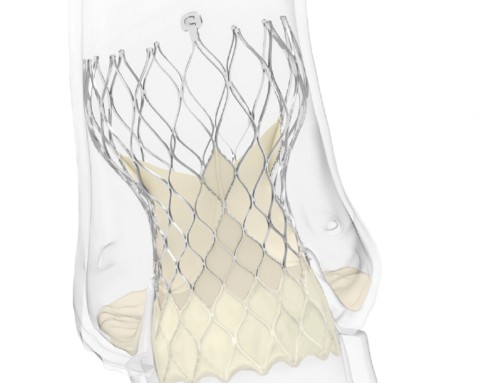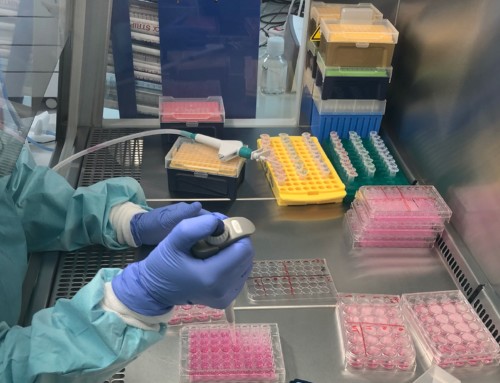
According to a study presented at 2019 American Society for Radiation Oncology (ASTRO) annual meeting (15–18 September, Chicago, USA), treating high-risk heart patients with a single, high dose of radiation therapy could substantially reduce episodes of rapid, abnormal heartbeats for more than two years.
In collaboration with Phillip Cuculich (Washington University School of Medicine, St Louis, USA), Clifford Robinson (also Washington University School of Medicine, St Louis, USA) and colleagues developed a non-invasive, outpatient procedure for treating ventricular tachycardia called “EP-guided non-invasive cardiac radioablation” (ENCORE). A press release reports that this novel therapy fuses electrical (ECGs) and imaging (CT, MRI, PET) data to pinpoint the scar tissue in the patient’s heart responsible for the arrhythmias, then targets it with a single dose of stereotactic body radiation therapy (SBRT). It adds that ENCORE requires no general anaesthesia and allows patients to go home immediately after treatment.
In this phase I/II prospective trial, Robinson and Cuculich et al treated 19 patients who had a life-threatening cardiac arrhythmia with a single fraction (25 Gy) of SBRT. They previously reported that ENCORE led to a 94% reduction in ventricular tachycardia episodes in the first six months. Longer-term follow up data now show that the effect persisted in 78% of patients for more than two years after the radiation treatment.
Overall survival was 74% after the first year and 52% after the second year. Nine patients died—six from cardiac deaths (heart failure and ventricular tachycardia recurrence) and three from non-cardiac deaths (accident, amiodarone toxicity, pancreatic cancer). Late serious adverse events included two cases of pericardial effusion, or irritation of the lining of the heart, and one fistula between the stomach and the heart that required surgical repair; all three events occurred more than two years after treatment.
Robinson comments: “The results are very promising. The use of non-invasive radiation therapy is providing new hope for patients with life-threatening ventricular arrhythmias and limited treatment options,” adding that the observed adverse events were “not surprising” given the condition of the patients they were treating. “Patients come to us as a last line of defence. They have few or no other options. Often, the primary reason we are treating them is because they were too sick to have more catheter ablation. It is very similar when you compare surgery to SBRT for patients with lung cancer. A patient who is sick to begin with and who has heart failure will continue to have heart failure admissions to the hospital. The subsequent failures do not seem to be clearly related to the radiation, but ample other research has shown that radiation exposure can result in long-term cardiac injury. Given the relative novelty of this treatment approach, we are following our patients closely, conducting trials to gather more data and being careful not to make assumptions at this point,” Robinson explained.
According to Robinson, ENCORE is currently best used for people who have cardiac injury, develop an arrhythmia and have already tried catheter ablation with no success. In the future, ENCORE could potentially benefit thousands to tens of thousands of patients.





